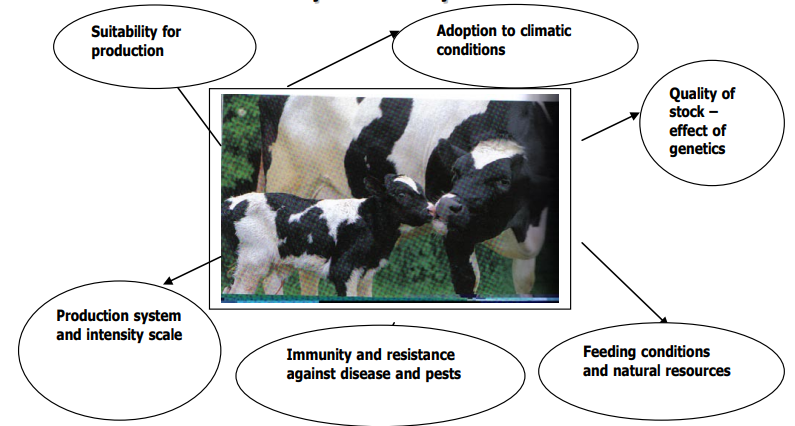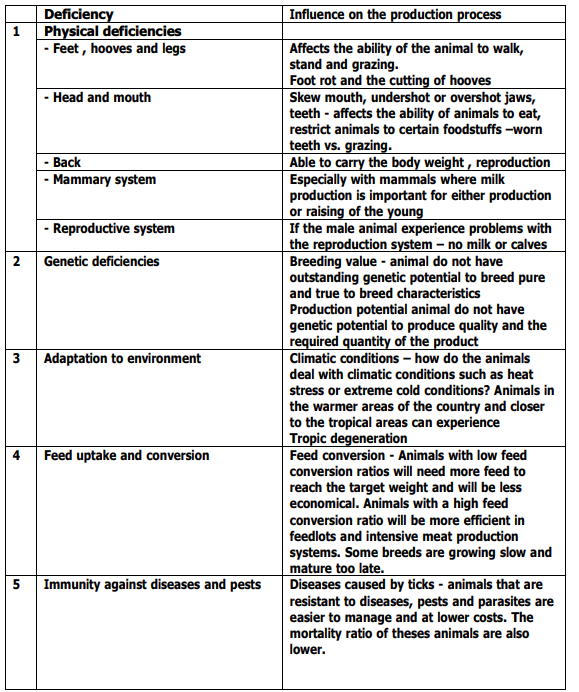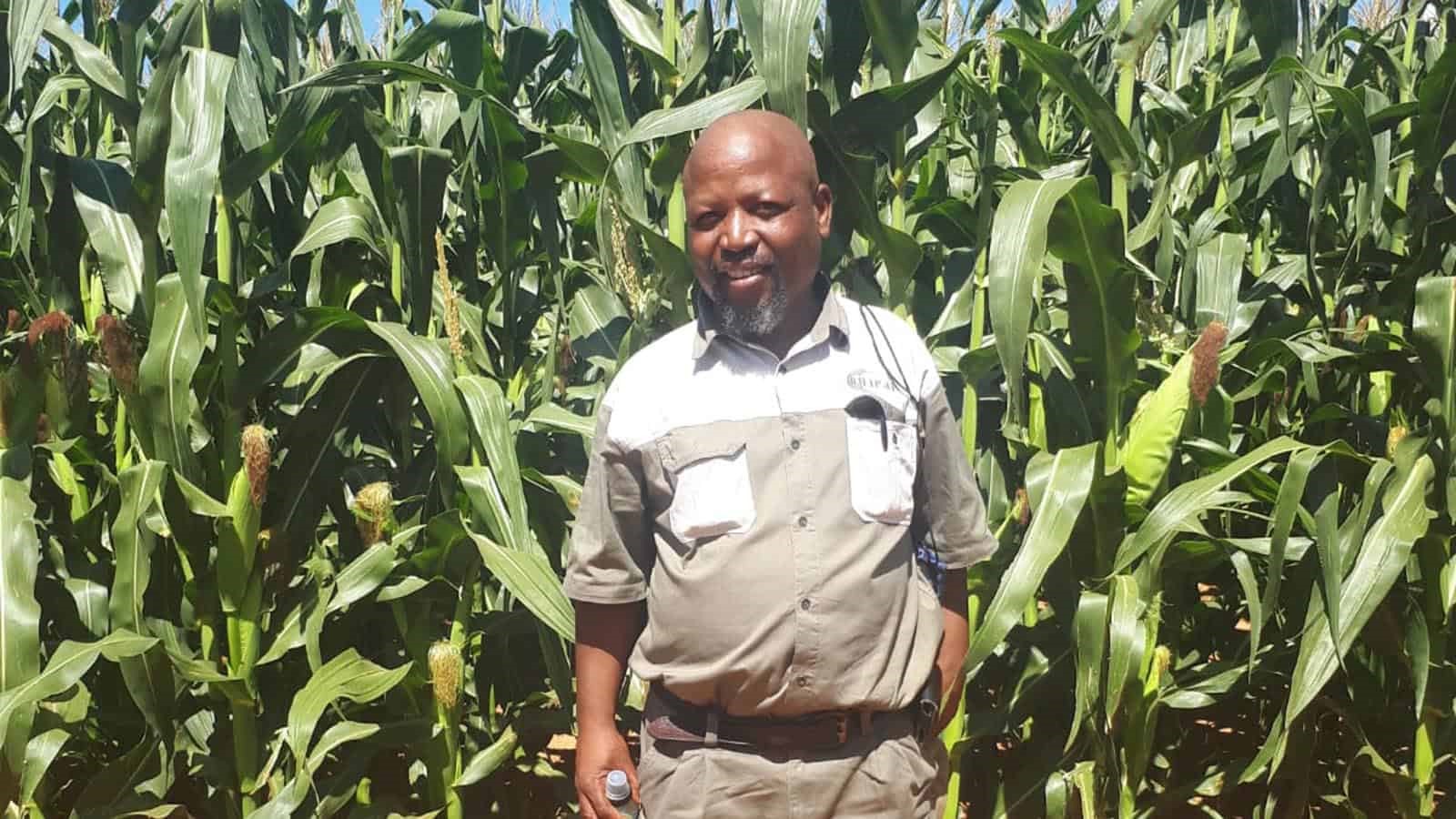Deficiencies in production regarding stock are evaluated and adjusted to ensure optimum production.

Livestock
The breeding stock or the production units used to produce the different products should be suitable for the purpose they are meant for. Stock showing deficiencies will have a negative effect on the production and productivity of the production unit The following deficiencies can influence the production process.

To be able to evaluate the deficiency of animals the producer/farmer need to know:
- the breed characteristics of the animals he is using for production
- characteristics of functional efficient animals
- the ideal animal for the product produced
The characteristics and needs of livestock and crops are evaluated and adjustments to the enterprises are made accordingly.
Characteristic of Livestock
To list all the animal breeds and characteristics in this space will not be possible. The learner should however concentrate on the animal breeds used in his or her industry and area. You cannot compare beef cattle with dairy animals. You also need to take into account the production system used - breeds used for extensive beef cattle production in the semi-arid areas of our country vs. breeds used for production in an intensive production area.
Crops
The same as for livestock, the producer needs to select the crop and cultivar that will fit that area and farming circumstances best.
The winemaker uses grapes from a specific cultivar to make a specific wine.
The maize farmers in different areas use different cultivars depending on the climate, heat units, length of the growing season, the production potential of the soil, production system used and the purpose for production.
Plant breeders are constantly trying to find better cultivars or to improve on the existing cultivars. Genetic Modified Organisms (GMO’s) are in the news due to consumer concerns. These cultivars changed plant production as a whole and are contributing to the cutting of production costs on the one side and the increased yield on the other side – thus improving income.
Characteristic of Crops
The crop farmer must be able to evaluate the best crop for his purpose. The seed companies supply detailed information to enable the producer to make an informed decision. To be able to make the correct cultivar choice the producer must keep the following in mind:
- The production purpose.
- The production aims – what does the producer aim to produce and the anticipated yield.
- Soil conditions and topography.
- The intensity of the production system – irrigation or dry land.
- Disease and pest resistance.
- Cultivation system.
- Harvesting time and marketing.

The producer must analyse his\her situation at first and then collect the production data and set production aims or goals. This must then be used as the starting point for the selection of the different cultivars to be planted. It is always a good policy not to put all the eggs in one basket - use more than one cultivar to spread the risk and ensure good end results.
The producer should make use of a multi-discipline approach and put together a panel of experts that can advise him and his production team on the best possible solutions.
The suitability of resources for specific enterprises are evaluated and adjusted, and appropriate changes are implemented
The decision to produce a certain crop on a certain farm or production unit should be an informed decision and not an instinctive, spur of the moment decision because other farmers or producers in the same area did so well and made so much money.
When a production decision is made, the producer must evaluate the following criteria:
- Is there a market for the product that I want to produce and what are the market requirements?
- What soil conditions\type is needed for the product?
- Climatic conditions – heat and cold, wind and hail?
- Need of water - is there sufficient water resources available?
- Distance from the market and facilities needed?
- Infrastructure – availability and provision costs?
- Cost to change machinery and equipment to suit the new production system or enterprise?
- Transition time – how much time is needed and how much time is available?
Considering these factors, time-consuming and costly, do you still want to make a change from one production enterprise to another? The producer must make sure that he evaluates all the different possibilities and evaluate the different scenarios before he makes a final decision.
The production must be sustainable over the long term and the producer must be given the opportunity to grow into the production of the different products. The different pitfalls can only be eliminated and avoided by means of experience. The best will be to start changing step-by-step and develop the new production process over time.